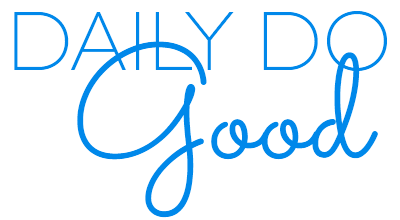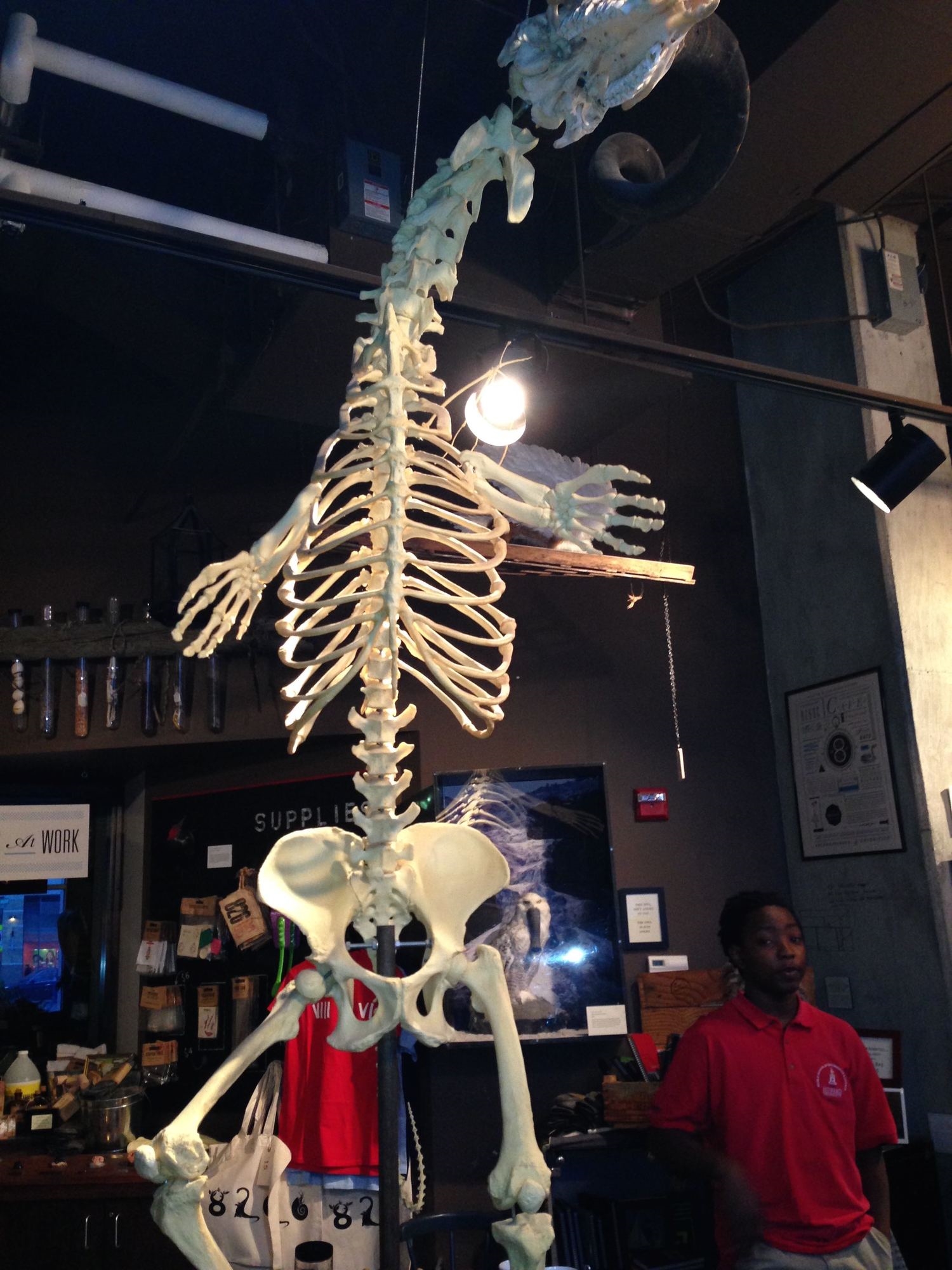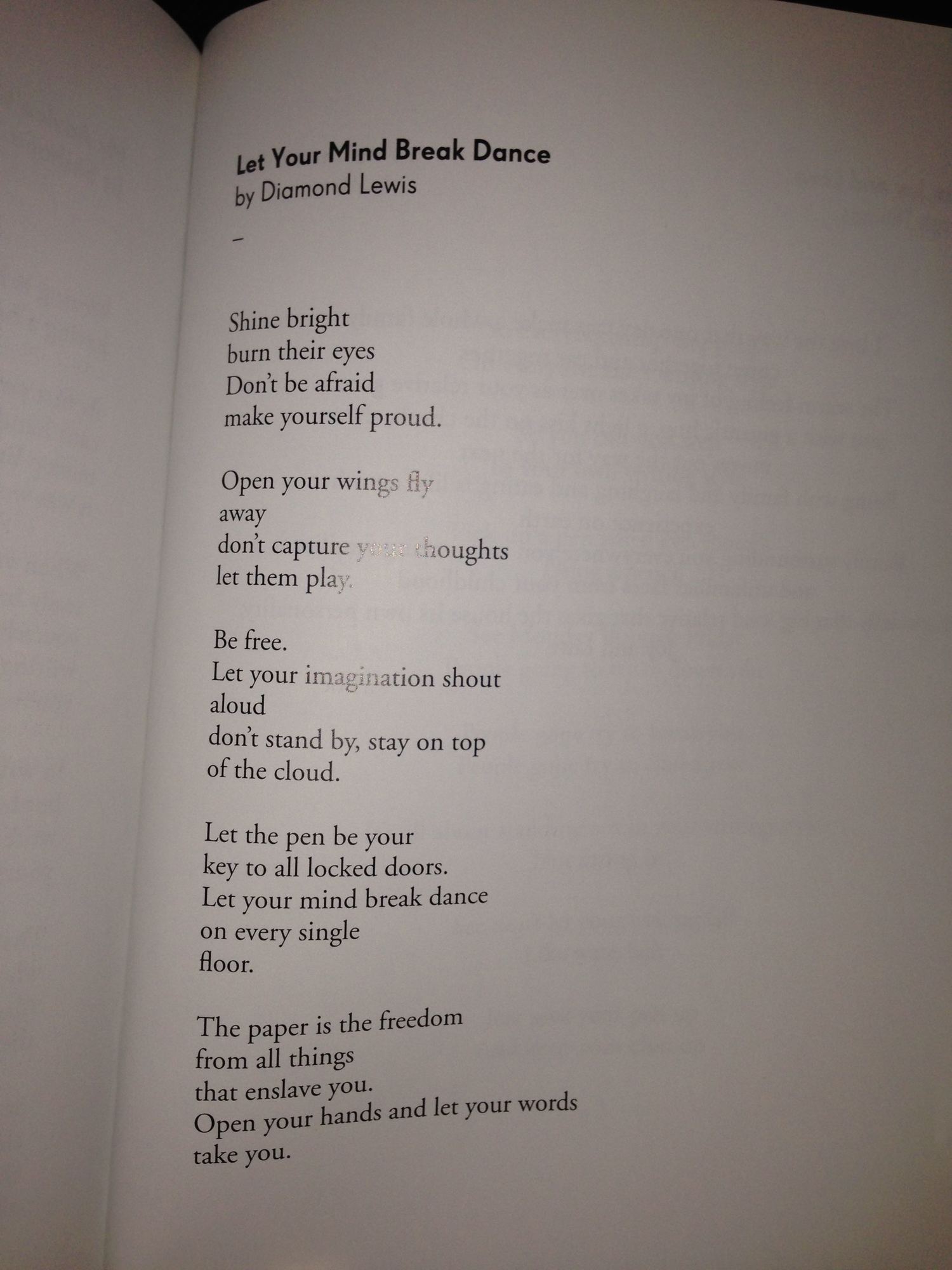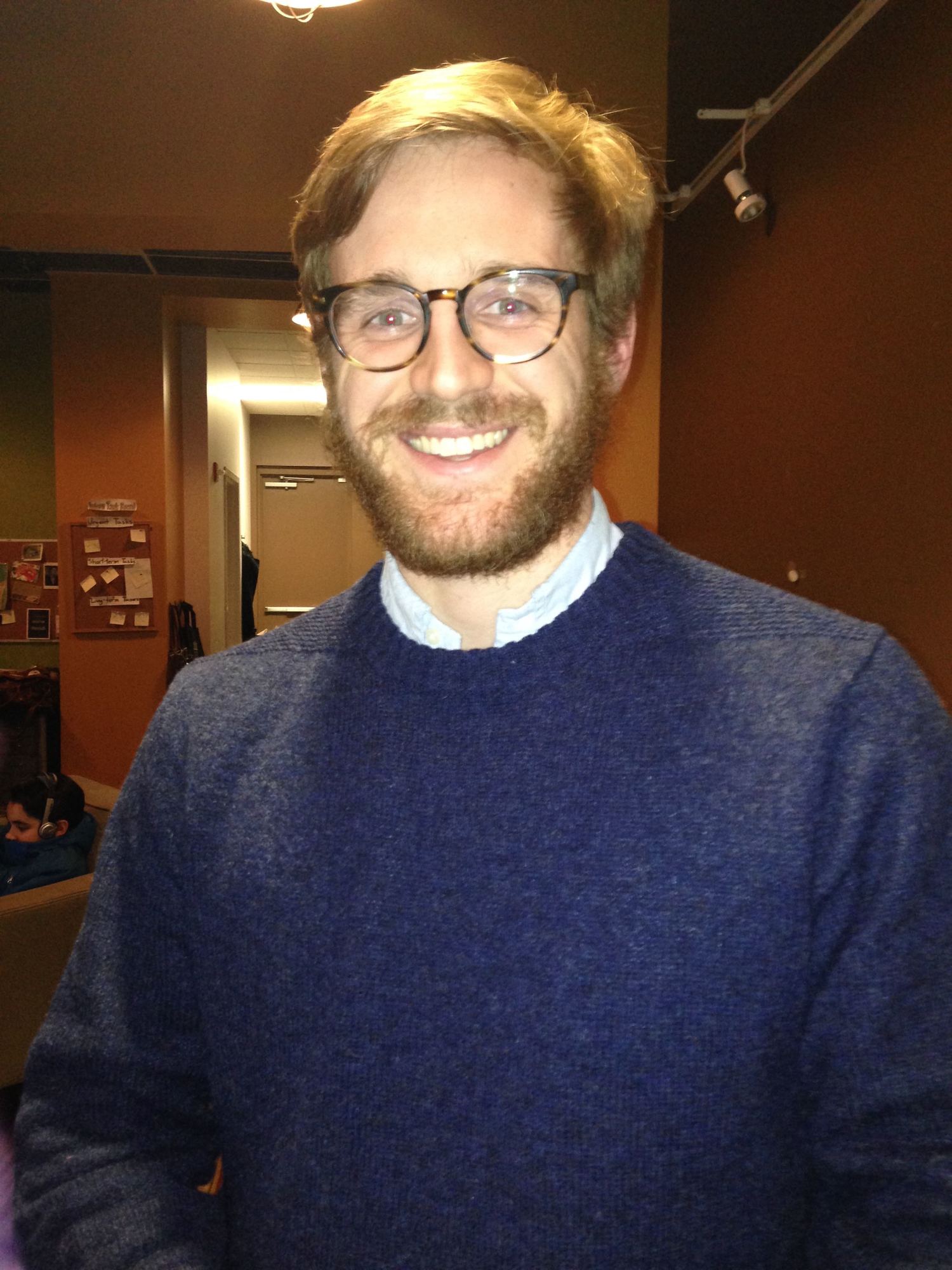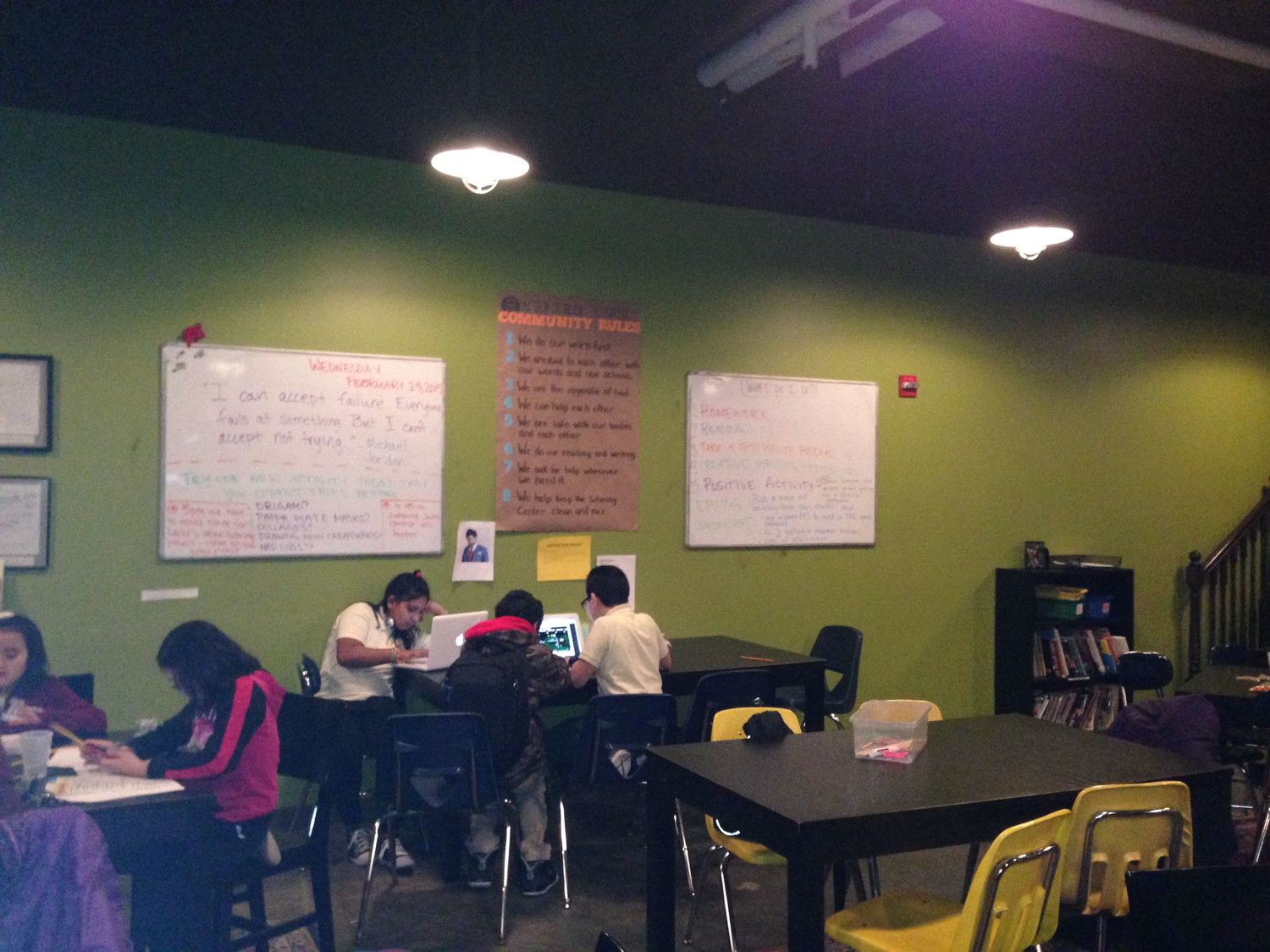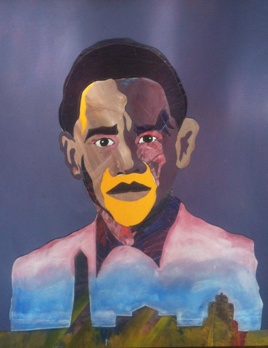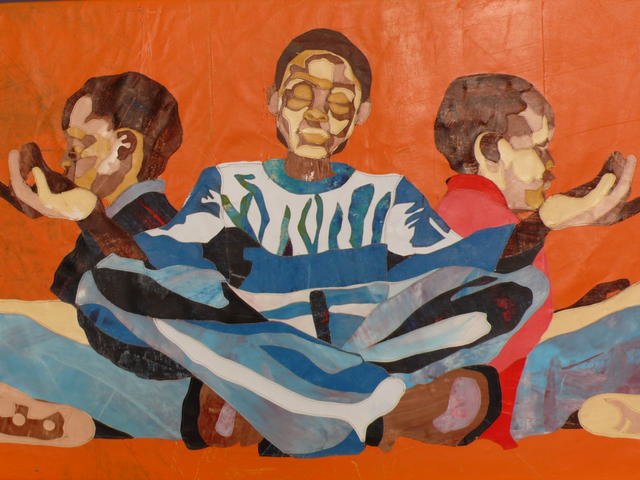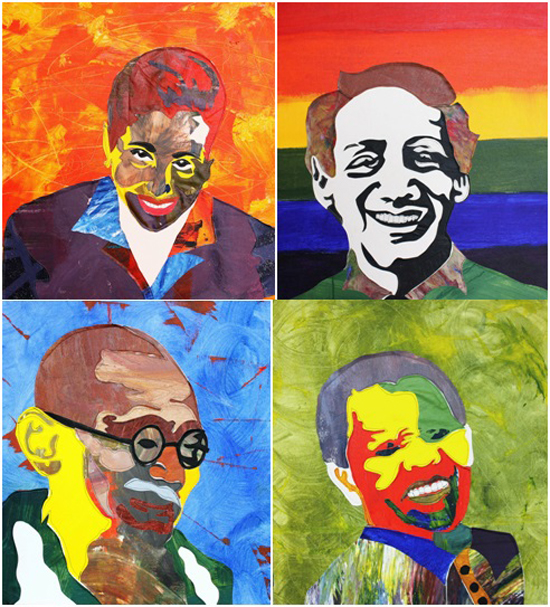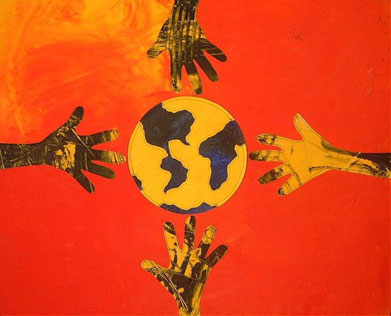CHOOSE YOUR OWN ADVENTURE AT 826DC
Upon entering The Museum of Unnatural History, visitors are greeted thusly.
This is Harry the Swear. “Swear” is derived from swamp + bear. He lives inside the Museum, which houses not only Unicorn Tears and Primordial Soup, but also 826DC.
At 826, students aged 6-18 are advised on creative and expository writing skills. Through programs that take place both on-site and in school, the children learn to appreciate the arts of writing and storytelling through creating books.
826DC bases its model on the 826 Valencia program founded by writer Dave Eggers in 2002. More than a decade later, the 826 National program boasts eight affiliates, all of which are dedicated to enhancing writing skills and helping teachers create literary arts curricula that allow students to thrive.
Tara Campbell has been volunteering with 826DC for two years. She started as a tutor, she said, and now helps host field trips.
“The thing that drew me here was the focus on creativity. It was an opportunity to get away from my desk and give back to the community.”
Click through the gallery below
In one activity, the students create the beginning of a spy story together, and then each child writes his or her own ending.
In another, the students work first in groups, then in pairs, then individually, to create a “Choose Your Own Adventure” story, inspired by the Edward Packard books of the ’80 and ‘90s.
Once a week, 826 volunteers and staffers do Reading All-Stars one-on-one tutoring sessions at Tubman Elementary. Tuesday field trips are in Spanish.
On field trips to 826DC, students are taken through the process of creating a book. They create a story while a volunteer types. An illustrator is on hand to draw pictures. The lessons often reflect what the students are learning in school, and each child is given the opportunity to contribute.
“We’re really working with the schools,” said Areesah Mobley, director of development at 826DC.
Tara recalled one student who seemed particularly quiet, but who demonstrated a great talent.
“She handed me one of her stories and I was blown away by the strength of her writing,” she said. “I felt like being able to see a different side of this girl helped me to acknowledge her potential.”
826DC student Amy talks about her favorite writing projects
